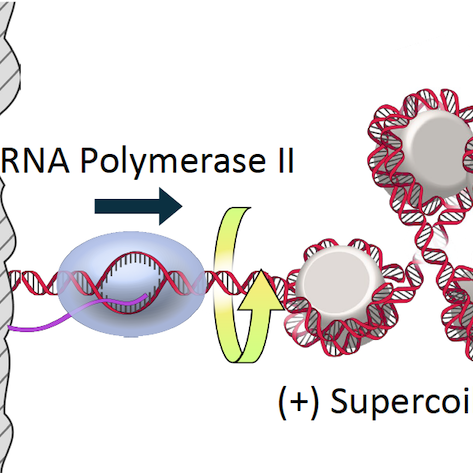The Riemann hypothesis -- an unsolved problem in pure mathematics – is one of the seven Millennium Prize Problems, with a $1 million prize to the person who solves it.
But that’s not why it fascinates mathematical physicist Andre’ LeClair, for whom this is perhaps the most important open question in mathematics.
He illustrates the hypothesis’ importance to number theory with a well-known anecdote: “Someone asked a famous mathematician if he went to sleep and woke up 100 years from now, what would his first question be? Hilbert answered, ‘Has the Riemann hypothesis been proven?’”
The Riemann hypothesis, proposed by Bernhard Riemann in 1859, has to do with the distribution of prime numbers, which he precisely related to the locations of “non-trivial zeros” of the Riemann zeta function. A proof – or disproof – of this 150-year-old hypothesis would have major implications in number theory.
“The question this hypothesis answers is where the zeros are, and you can determine the prime numbers from these zeros. Since all encryption uses prime numbers, this is important. If the Riemann hypothesis turned out to be false it would cause chaos with the distribution of prime numbers, as many mathematicians have noted.”
LeClair has been working on the hypothesis over the past 5 years. He has delivered talks on his approach at the Riemann Center in Hannover, Germany, at the Isaac Newton Center for Mathematical Sciences, in Cambridge, UK, Ecole Normal Superieur in Paris and at Stanford University; he has published four papers on the topic, two in pure math journals, including Communications in Number Theory and Physics, and Communications in Contemporary Mathematics, and the most recent in Journal of Statistical Mechanics: Theory and Experiment. Some of LeClair’s work was done with Guilherme Franca, who was a postdoctoral associate at Cornell; his most recent work was with Giuseppe Mussardo (SISSA, Italy).
There’s no obviously clear strategy towards a proof of the Riemann hypothesis, although some have been proposed. LeClair’s work offers a strategy, a “heuristic argument” rather than a straight proof.
“We make one assumption, a fully plausible conjecture. From this one assumption we show that a lot of things would follow. We don’t have a 100% rigorous proof, but rather a very promising strategy with connections to physics,” says LeClair. “Even if we can’t fully prove our main assumption, we’ve shed light on where to look.”
As mathematician Steve Gonek (University of Rochester) notes, before the 20th century, mathematics and physics were more unified: Riemann himself studied physical problems as well as “pure” mathematical ones.
“Mathematics and physics divided and became more specialized of necessity because the explosion of scientific knowledge made it almost impossible to master even one of them,” Gonek says. “Nevertheless, even today both subjects share many of the same tools and points of view. In fact, there are countless examples of mathematical physicists contributing wonderful insights into mathematical questions, and pure mathematicians helping to understand deep physical questions...while categorization into subject areas is useful, we should not be fooled by it: knowledge transcends categories.”
LeClair drew on some frequently used concepts in physics for his work, such as the “random walk” to deal with the apparent randomness of prime numbers. Although the primes may appear random, they are deterministic. Nevertheless certain series of some number theoretic functions can behave randomly. The randomness still needs to be characterized precisely mathematically. So LeClair formulated the randomness of prime numbers in terms of a series of steps of arithmetical functions over the primes that behave like a random walk, which physicists illustrate by how a drunk walks: when he takes one step forward, whether he takes another step forward or steps backward is entirely random. This interplay between determinism and randomness is a key aspect of his work.
“This random walk concept lets us prove a lot of things and enables us to derive an equation that relates every single zero of the Riemann hypothesis to a sum of prime numbers,” explains LeClair.
And while the original Riemann hypothesis was about one mathematical function, it is part of an infinite class of functions – and LeClair’s reasoning, he notes, works for all of them, including Dirichlet L-functions and functions based on cusp modular forms, which is referred to as the Grand Riemann Hypothesis.






